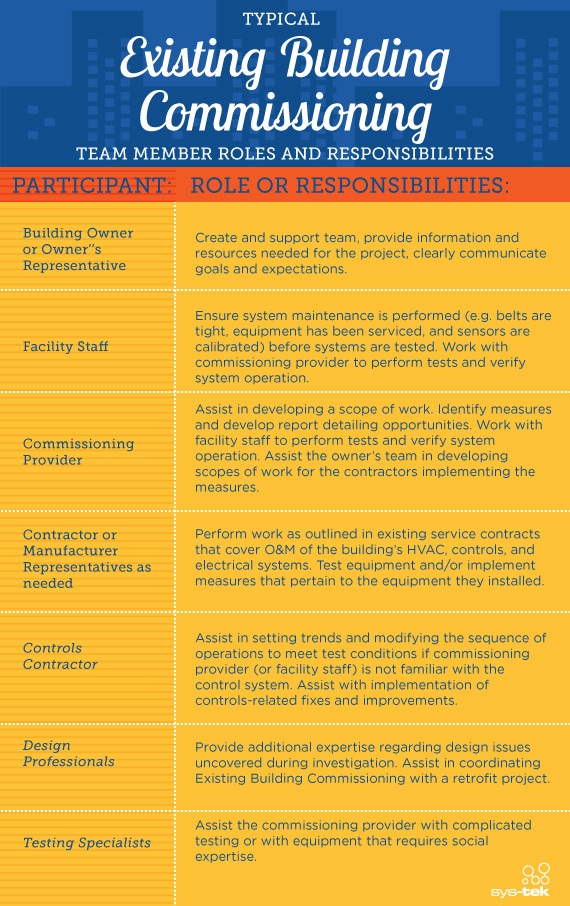Grounding Electrodes
Mar 27, 2009
Last time we discussed the three purposes of grounding, and we briefly touched on the components that make up the grounding system. This month, we will discuss grounding electrodes, what they are and what they do.
Grounding Electrodes — What They Are and What They Do
NFPA 70, National Electrical Code, defines a grounding electrode as “a conducting object through which a direct connection to earth is established.” In other words, a grounding electrode is anything that establishes a direct electrical connection to earth.
The NEC recognizes eight types of grounding electrodes permitted for grounding:
Metal Underground Water Pipe
Metal underground water pipe is the main domestic water pipe that serves the building or structure. The electrical connection to the water pipe must be made within the first five feet of entering the building. A bonding jumper should be installed around the water meter if the grounding electrode electrical connection is made on the building side of the water meter.
Metal Frame of the Building or Structure
The metal frame of the building or structure, or building steel, is the structural metal framework of the building. The direct metal-to-metal contact of columns, joists and beams provides a low-impedance path for current to flow. The bolts used to secure columns to concrete footers are typically wire-tied to the re-enforcing bar cage in the footer, which is considered a concrete-encased electrode.
Concrete-Encased Electrode
A concrete-encased electrode is made up of steel re-enforcing bars or bare copper conductors that are encased in concrete. Concrete never loses its moisture and is considered to be effectively grounded, which is one reason why rubber mats are required on concrete floors in front of electrical equipment, and also why a concrete-encased electrode is permitted for grounding.
Ground Ring
A ground ring is a continuous copper conductor that completely encircles a building or structure that is of minimum size and length and is buried at a minimum depth. Low impedance to ground is achieved by the complete loop of conductor around the building, and by the continuous surface area of the conductor that is in contact with the earth.
Rod and Pipe Electrodes
Rod and pipe electrodes are metal devices of circular cross-sectional area and are of minimum length and diameter. Rod and pipe electrodes are driven or buried at depth to provide sufficient surface area in contact with the earth to present a low-impedance electrical path to the earth.
Other Listed Electrodes
Other listed electrodes include ground wells or chemically enhanced ground rods that leach a brine or salt solution to the earth that draws moisture to reduce impedance to the earth.
Plate Electrodes
Plate electrodes are flat metal plates of minimum thickness and surface area that are buried at depth to provide sufficient surface area in contact with the earth to present a low-impedance electrical path to the earth.
Other Local Metal Underground Systems of Structures
Other local metal underground structures and systems include well casings, piping systems and underground storage tanks that are not bonded to a metal water pipe.
It is important to point out that underground gas piping systems are not permitted to be used as grounding electrodes, although they may be required to be bonded to the grounding electrode system. Also, aluminum materials are not permitted to be used as a grounding electrode because aluminum tends to corrode quickly when directly buried.
Next Month — Installing the Grounding Electrode System
Next month, we will examine the installation requirements for grounding electrodes, along with the connection requirements for each type of grounding electrode and the NEC requirements to bond all available grounding electrodes at each building or structure together to form the grounding electrode system.
-Greg Massey








